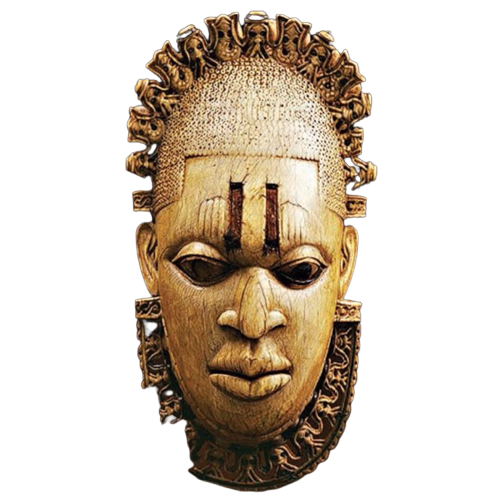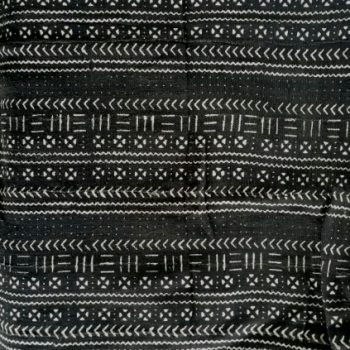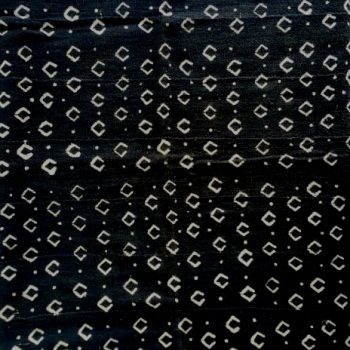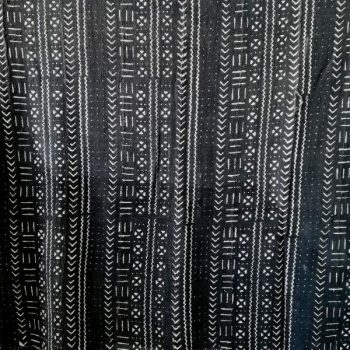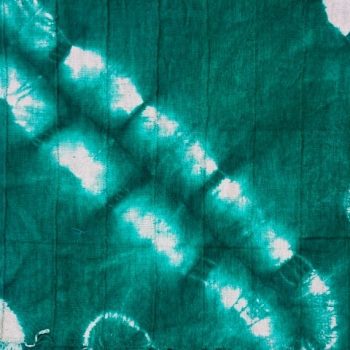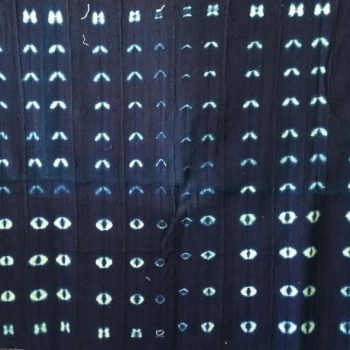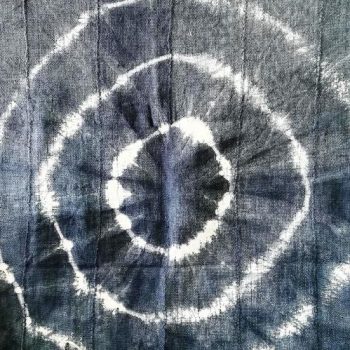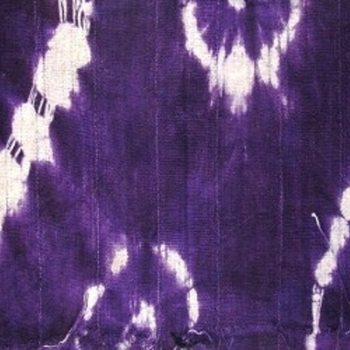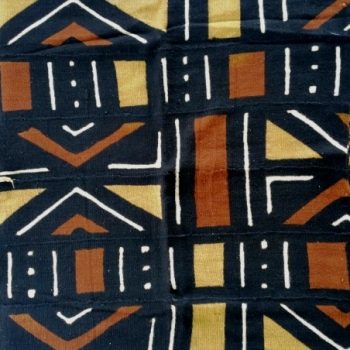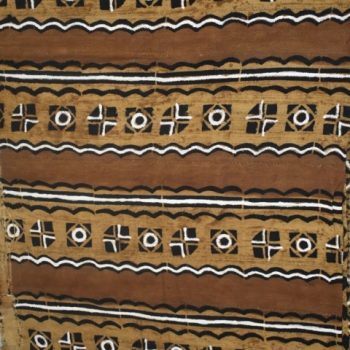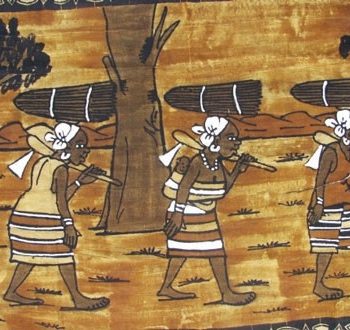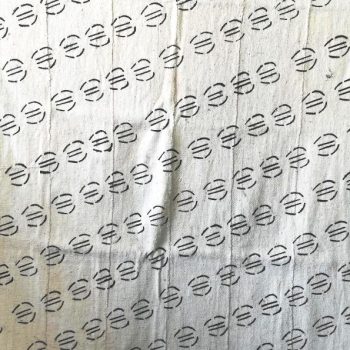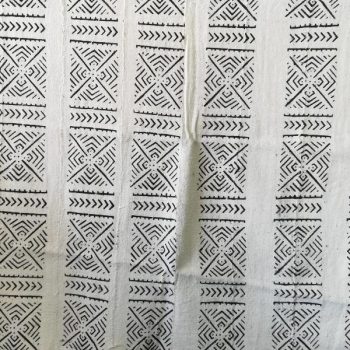MUDCLOTH
WOVEN IN TIME: Mudcloth
Due to the unique and labor-intensive manufacturing process, you will not find two identical mudcloth fabrics. The word bògòlanfini literally translates to bogo meaning “mud” or “earth”, lan meaning “by means of” and fini which means “cloth”. The men of the Bamana tribe weave the fabric while the women dye the cloth using fermented mud. The process itself is most fascinating. After the cloth is woven, it is left to soak in a bath of mashed-up leaves from the n’gallama tree, native to the region. Once the fabric has turned a yellowish color, it is left to dry in the hot African sun and is then hand painted in intricate patterns using fermented mud. An interesting chemical reaction occurs between the dyed fabric and the mud, so that after the mud is cleaned off, only the stained brown patterns remain. The last step is to remove the yellow-colored dye unpainted fabric with bleach which leaves the cloth white. In time, the colors change to varying hues of rich browns and orange colors.
